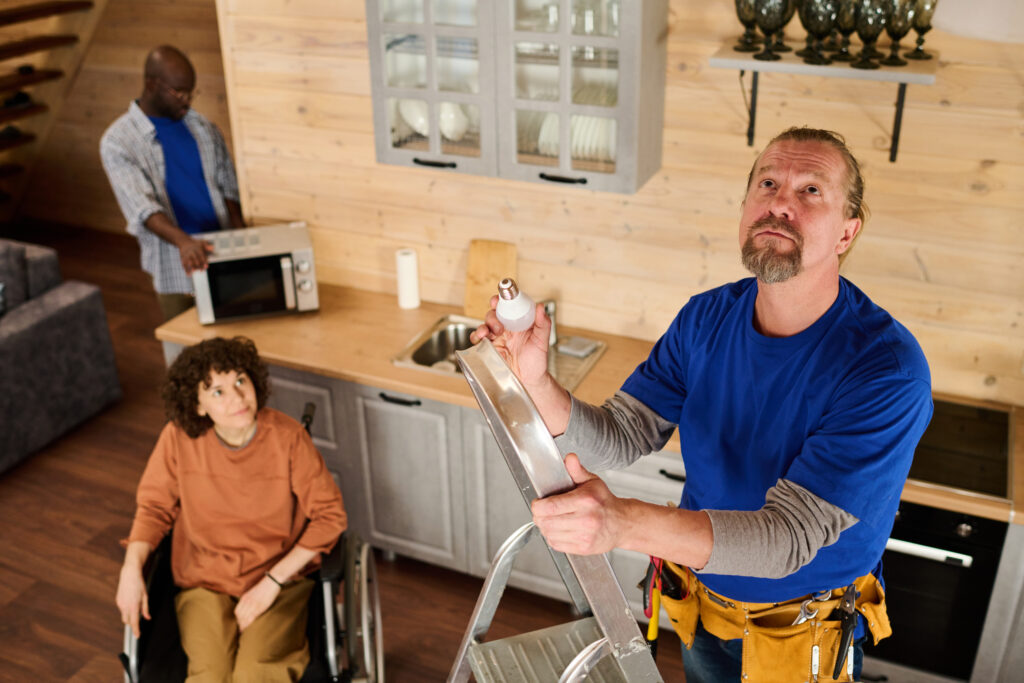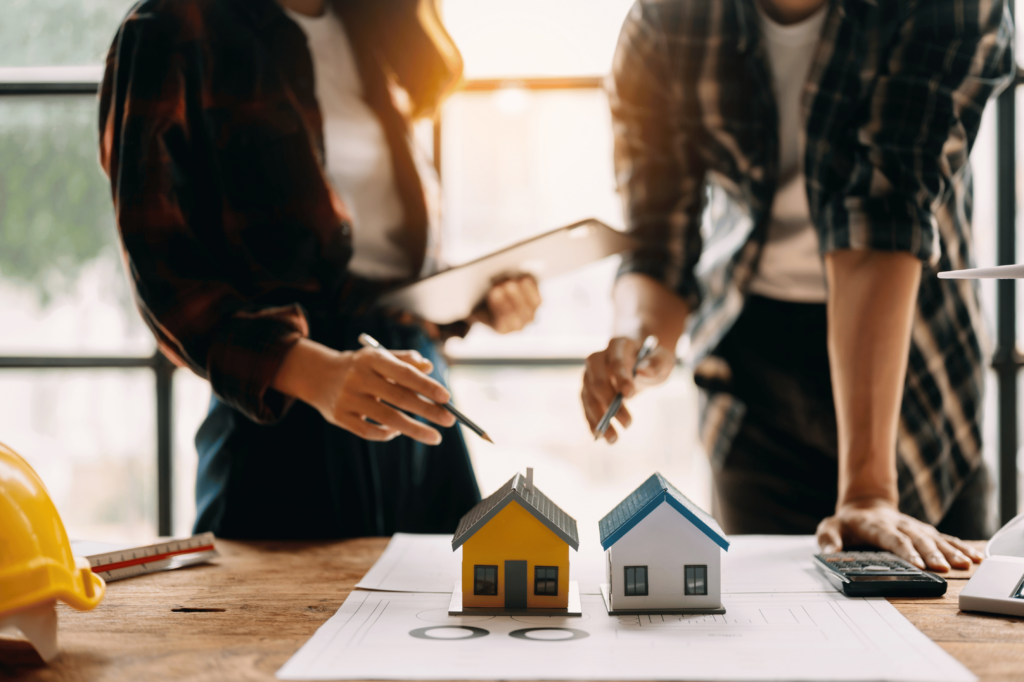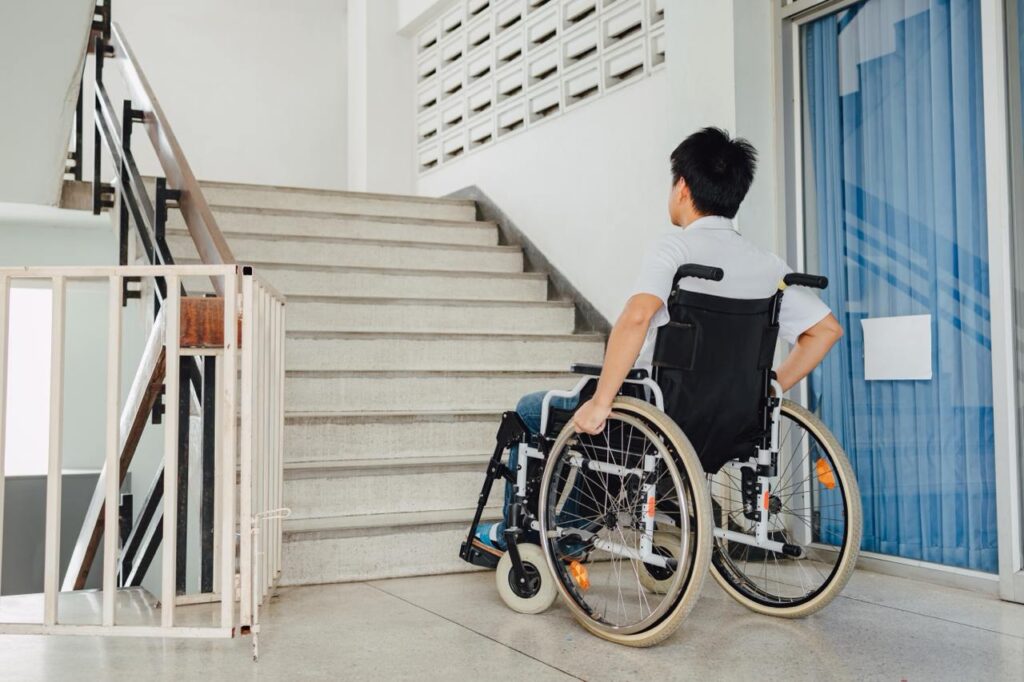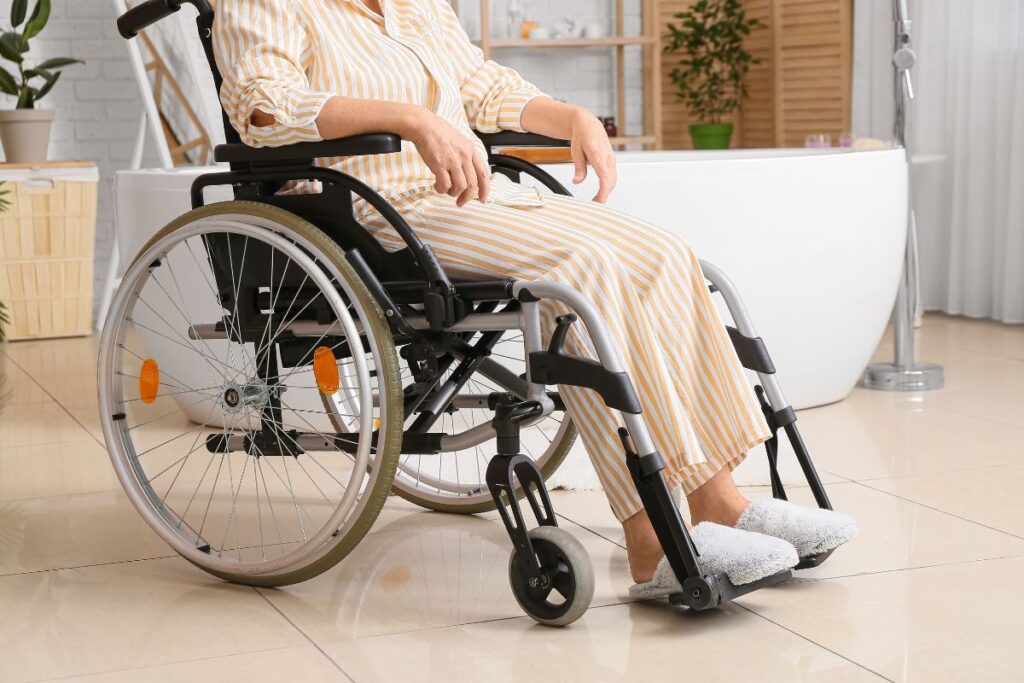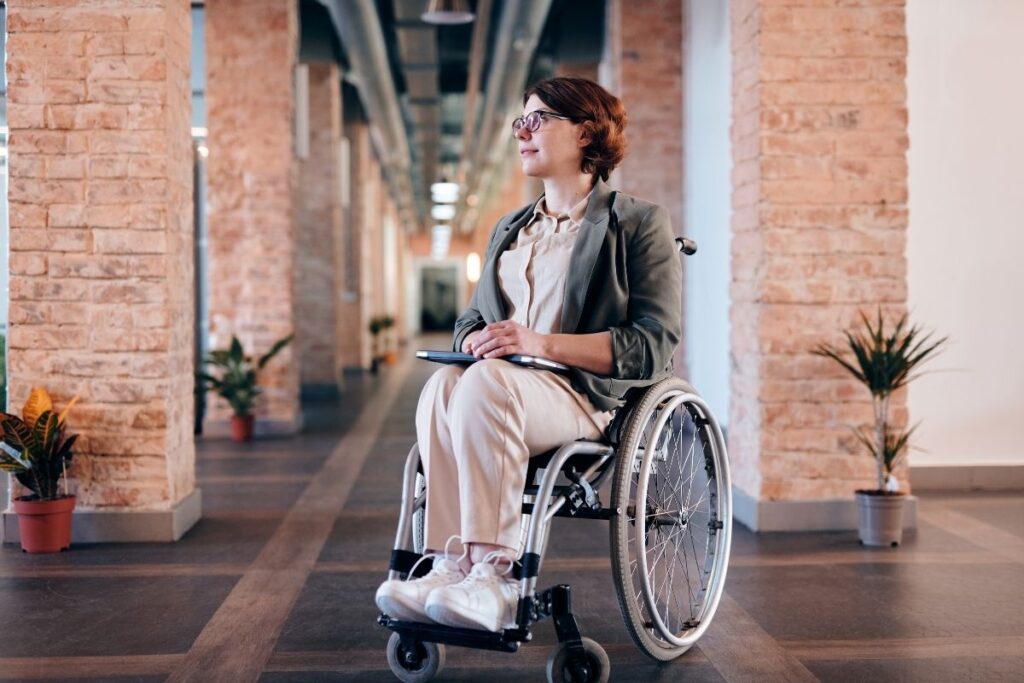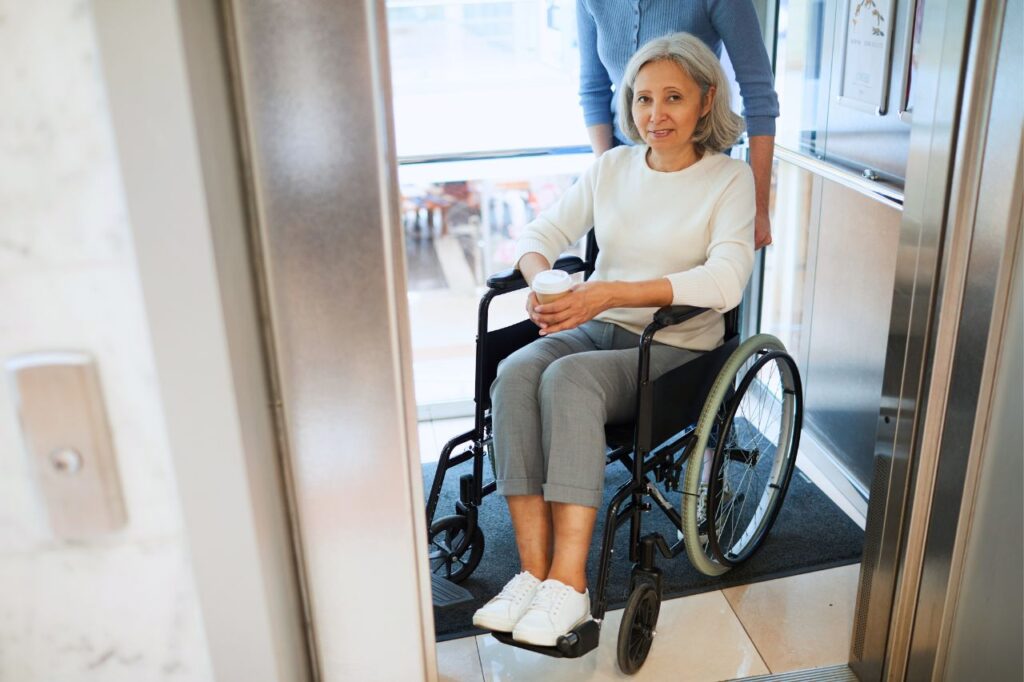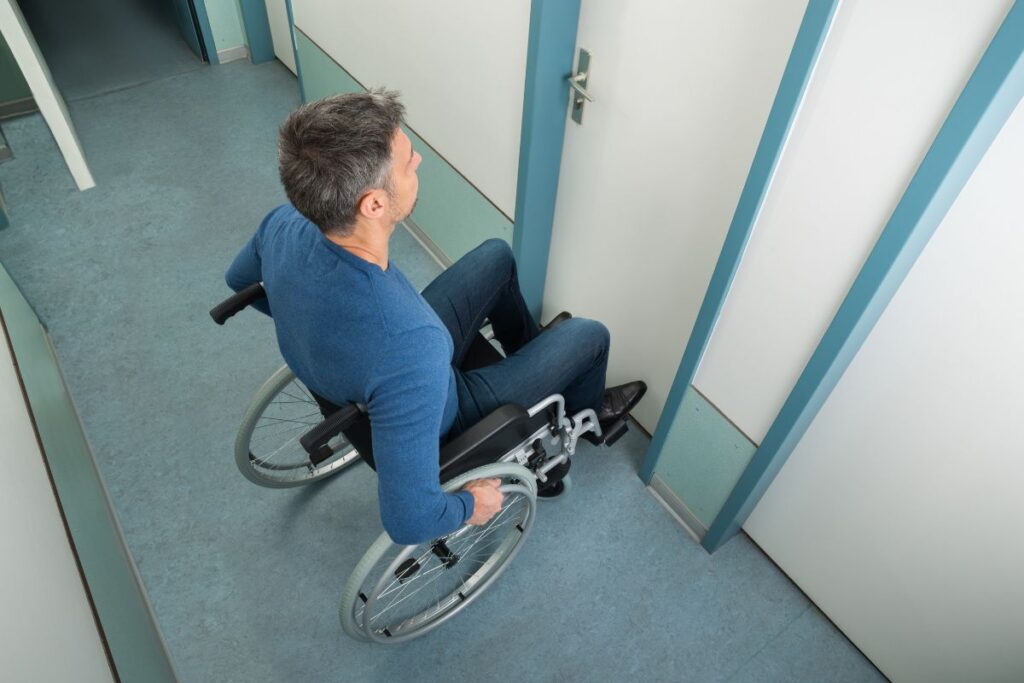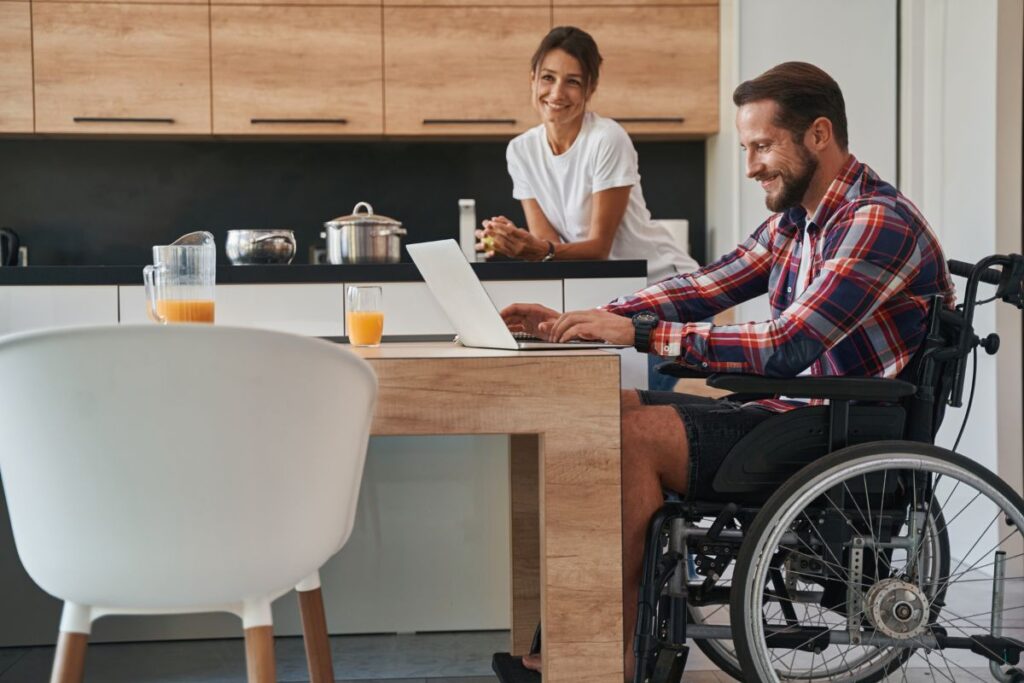Let’s be honest—most of us plan our homes around how we live right now. But the smartest homeowners in Alberta are starting to think a few steps ahead.
They’re building homes that don’t just work for today, but will also make life easier down the road.
That’s where accessible design comes in.
Now, before you picture hospital-style bathrooms or wheelchair ramps, let’s clear something up: accessible homes today are stylish, practical, and incredibly smart. And more Albertans are realizing that you don’t need accessibility features to want them.
Why More Albertans Are Thinking Ahead
Here’s the thing: our lifestyles change—sometimes quickly.
Whether it’s recovering from surgery, aging parents moving in, or just dealing with icy Alberta winters, it helps to have a home that’s built to handle life’s curveballs.
Some local context that’s driving this trend:
- Alberta’s population is aging rapidly. By 2046, 1 in 5 Albertans will be over 65.
- Multigenerational households are on the rise, especially since the pandemic.
- Even a temporary injury (like a broken ankle or knee surgery) can turn stairs into a nightmare—and recovery times are getting longer as we live more active lifestyles.
Alberta’s real estate market is catching on—accessible features are becoming a selling point that sets homes apart.
What Makes a Home “Accessible”
(and Why You’ll Love It)
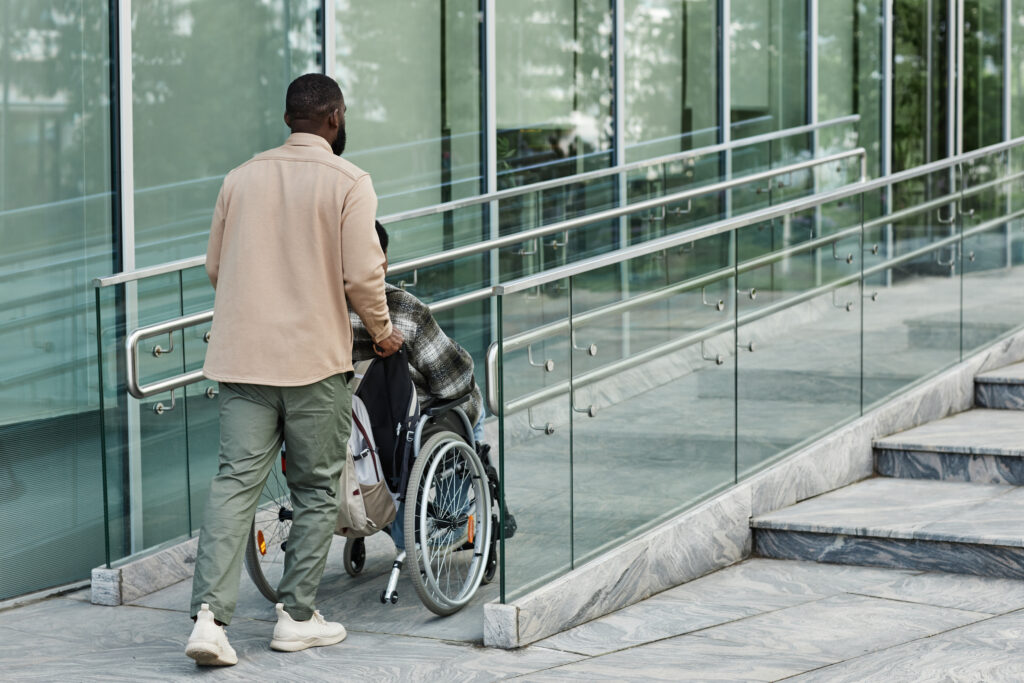
Accessible doesn’t mean clinical. It means comfortable, flexible, and thoughtfully designed for real life. The most popular features Alberta families are choosing include:
- No-step entry (no more hauling strollers, groceries, or furniture up stairs—especially helpful during those long Alberta winters)
- Wider hallways and doorways (36″ instead of 32″—great for moving furniture, accommodating guests, or future mobility needs)
- A main-floor bedroom and full bathroom (your future-you will thank you, whether it’s for aging in place or accommodating visiting family)
- Lever door handles (easier to operate with full hands, arthritis, or injuries)
- Slip-resistant flooring (crucial for Alberta homes where wet boots and melting snow are a reality)
- Open floor plans (better sightlines, easier navigation, and more flexible for changing needs)
The truth? These upgrades make life easier for everyone. Young families, older adults, visitors with mobility needs—you name it.
The Surprising Truth About Cost

Here’s the game-changer that most people don’t know: building accessible from the start costs virtually nothing extra.
Recent research from Canada Mortgage and Housing Corporation found that 75% of accessibility features cost less than $500 to include during construction, and more than half cost essentially nothing extra when planned from the beginning.
Compare that to renovating later:
· Adding a wider doorway during construction? A few hundred dollars
· Cutting into walls and reframing years later? Thousands of dollars
· Installing grab bars during the build? Under $100 per bathroom
· Retrofitting bathrooms with structural support later? Major renovation costs
The key is planning ahead. When accessibility is built into your design from day one, the additional cost is typically just 6-10% of your total build—but the value it adds (both in daily living and resale) far exceeds that investment.
Building Smart = Saving Later

Here’s where future-you really wins:
Peace of mind: You’re ready for anything—injuries, aging, family changes—without the stress and expense of emergency renovations.
Better resale value: Your home appeals to a much wider group of buyers. As Alberta’s population ages, accessibility is becoming a real differentiator in the market.
Flexibility for life changes: Whether it’s aging parents moving in, a sports injury, or just wanting to age comfortably in your forever home, you’re already prepared.
Real People, Real Stories
We’ve heard so many stories from Albertans who added accessible features “just in case”—and ended up being incredibly glad they did.
“We attended the Edmonton Home & Garden show and saw Adam’s presentation. I realized making accessible homes the norm regardless of current mobility benefits everyone. It future-proofs the home for us, allows us to welcome anyone over regardless of mobility, and contributes to supporting growth in the market of accessible homes.”
— Josh & Sarah, Edmonton, Alberta
How to Get Started
You don’t need to overhaul your whole plan for your dream home – just think ahead in the areas that matter most:
Talk to your builder early. Ask them about universal design or visitable layouts. Most experienced builders are familiar with these concepts and can incorporate them seamlessly.
Prioritize the high-impact basics: No-step entry, 36″ wide doors and hallways, and main-floor living spaces give you the biggest future-proofing benefit.
Choose smart, low-cost upgrades: Lever handles, slip-resistant floors, and rocker light switches cost very little but make a huge difference in daily usability.
Plan your electrical and plumbing rough-ins: Adding blocking for future grab bars or outlets for stairlifts costs almost nothing during construction but saves thousands later.
Look into funding options: Even if you don’t need financial assistance now, understanding what support is available helps with long-term planning.
Document everything: Keep records of all accessible features—when you sell, these features can significantly boost appeal and value.
A Smart Home Is an Accessible One
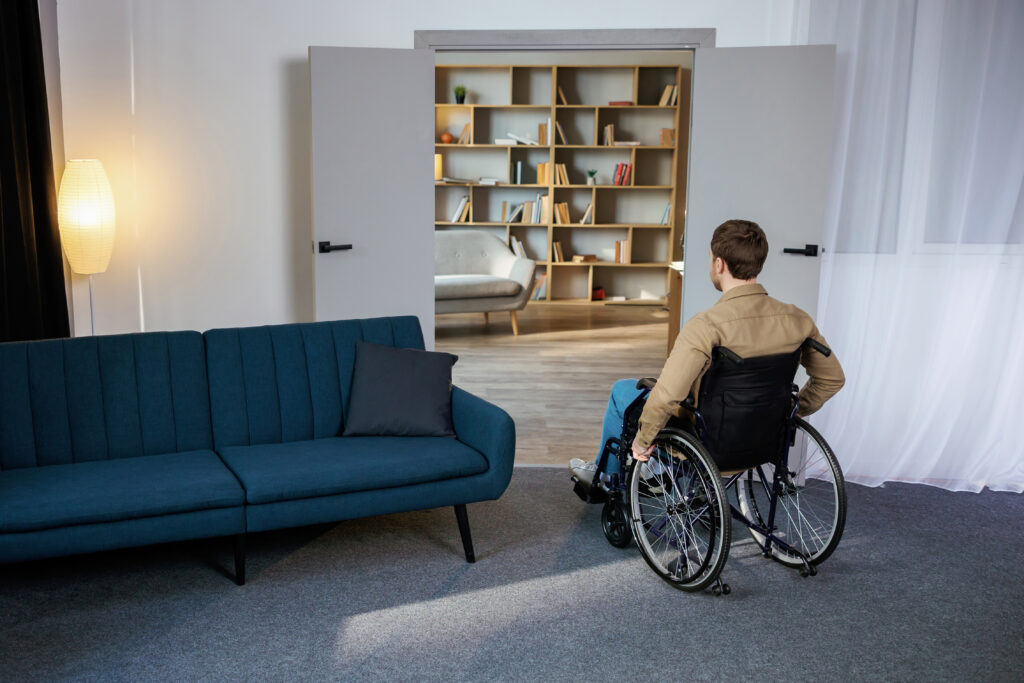
You don’t have to wait until you need accessibility to benefit from it. More and more Albertans are designing homes that will support them and their families for decades—not just for the next few years.
The smartest approach? Build once, live comfortably forever. Whether you’re planning your forever home, considering a new build, or just starting to think about the future—accessible design is one of the most valuable investments you can make.
Ready to Future-Proof Your Home?
The best time to plan for accessibility is before you need it.
Start by having a conversation with experienced builders (like our No Limits Builders) who understand universal design principles. Think about how you want to live—not just today, but 10, 20, or 30 years from now.
Building accessible from the start means building smart. Your future self (and your family) will thank you for thinking ahead.
Ready to explore how accessible design can work for your new home? Explore our No Limits Builders who specialize in future-ready homes to discuss your options.
Stay up to date with our blogs to stay in the know.

